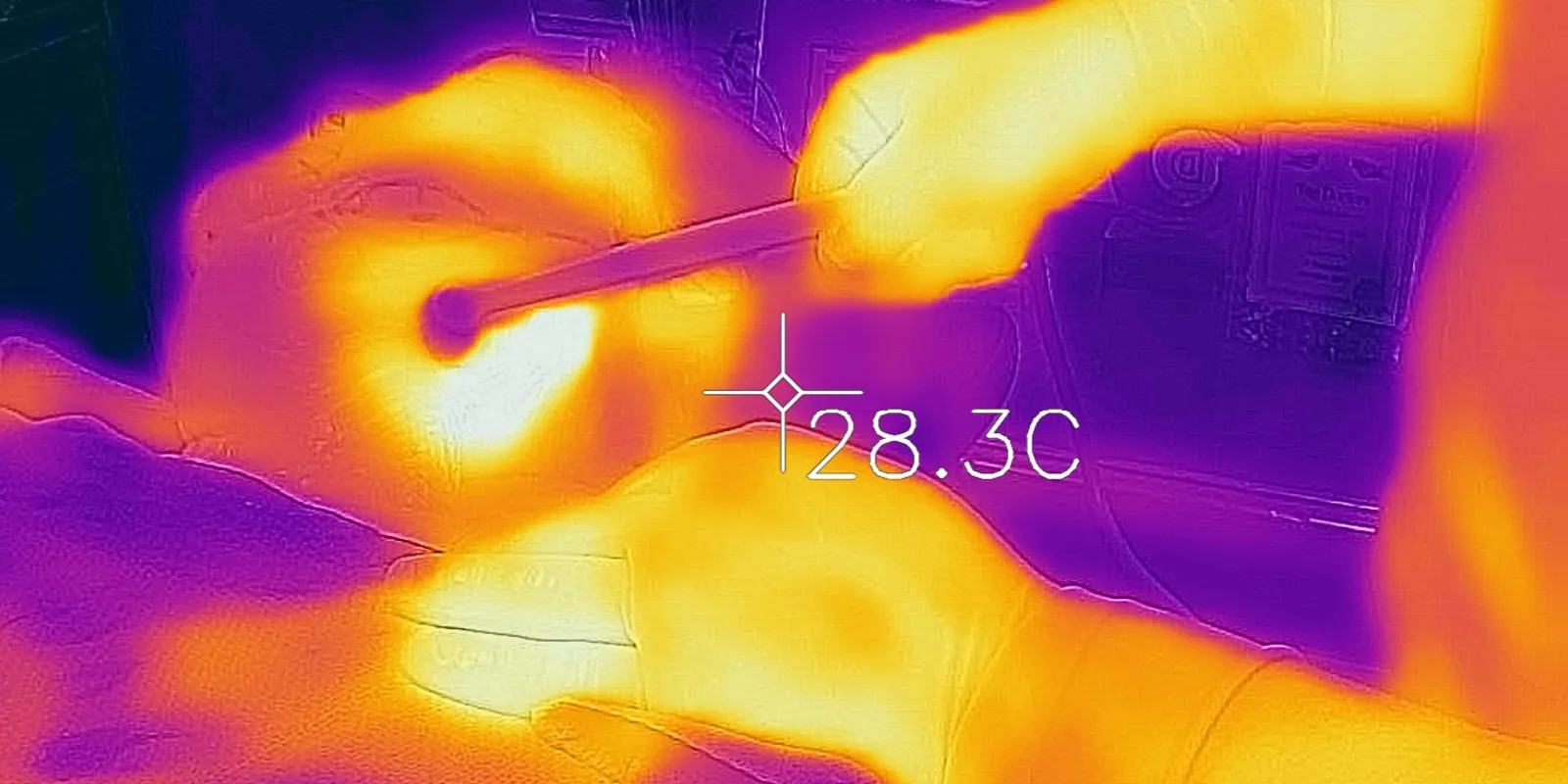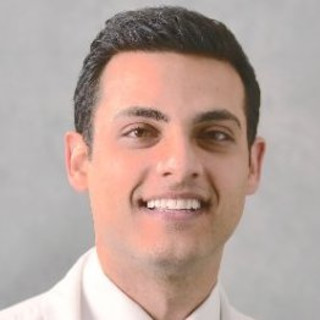
The annual American Society of Plastic Surgeons meeting is the premier educational and networking event for plastic surgeons from all over the world. The 2018 meeting took place in Chicago and highlighted cutting-edge innovations, techniques, and technology to optimize patient outcomes and safety.
There is growing consumer demand for minimally invasive aesthetic solutions in plastic surgery and other core specialties (dermatology, facial plastic surgery, etc.). According to the American Society of Plastic Surgeons (ASPS), in 2017 >17.5 million minimally invasive cosmetic procedures were performed in the United States. New and emerging technologies have fueled the demand for further growth and progress.
The introduction of Botox and injectable soft tissue fillers (i.e. hyaluronic acid) to the market 15 years ago opened the gateway for minimally invasive aesthetic treatments. Since then, fat reduction interventions using cooling technology or bile injection to digest fats have rapidly circulated in plastic surgery offices and medical spas.
Many consider the ability to tighten soft tissue effectively without a scalpel to be the ‘holy-grail’ of aesthetic plastic surgery. A number of energy-based devices (ultrasound, radiofrequency, laser) have developed with vast applications from body contouring to facial rejuvenation to gynecology applications. InMode Aesthetic Solutions Inc. is one such forward-thinking company featured in the scientific session as well as the exhibition hall; trailblazing minimally invasive radiofrequency therapies. This Israeli-based company demonstrated the safe and effective use of radiofrequency energy to treat rhytids, jowling, skin laxity, and other age-related skin changes. It has also been used to target subcutaneous tissue for subdermal adipose remodeling and contouring through radiofrequency microneedling.
Radiofrequency (RF) technology creates alternative currents to polarize tissue within an electrical path to generate heat. As numerous research studies have shown, once tissue reaches temperatures of 55–60C (131F- 140F) the collagen degrades, leading to new collagen formation, new blood vessels, and improved elastic properties of the skin within approximately 4–8 weeks.
The applications of this technology are vast and provide opportunities for Plastic Surgeons to collaborate across different medical specialties that would otherwise have little connection. One particular collaboration is with gynecology, where patients often suffer from pelvic floor disorders (urinary incontinency, decreased lubrication, pelvic organ prolapse) after childbirth. This challenging problem is estimated to impact 25% of women in the United States and estimated to increase with the gaining population and rise in obesity with an associated healthcare cost of $83 billion by 2020 (according to the Washington Post). Scientific sessions at the meeting discussed integration of these technologies across specialties to optimize patient outcomes.
One particular concern with these energy-based technologies are the potential for complications with improper use (i.e. burns, scarring). However, new features have vastly improved their safety profile and outcomes. For example, internal and external temperature probes that alert the operator as temperatures reach target levels. There are also safety cutoffs after which the device will no longer apply heat, allowing for consistent safe treatment. Imaging companies such as the FLIR Systems Inc. have developed near-infrared thermography cameras that can accurately assess surface temperature through an attachment to the iPhone. One of the advancements discussed at the meeting has been combining RF energy technology with traditional liposuction. This allows for removal of fat tissue that traditionally would lead to the appearance of excess or sagging skin. However, with the application of RF energy and heat, the skin tightens to produce an aesthetic contour.
Plastic surgery continues to be at the forefront of technology and innovation. Energy-based devices including radiofrequency are a valuable addition to the armamentarium of plastic surgeons and have expanded the field of minimally invasive aesthetic treatment. Plastic Surgery the Meeting 2018 was a great opportunity to learn about these emerging technologies. We look forward to hearing more about the use and evolution of these exciting technologies in meetings to come.
Dr. Erez Dayan is a Harvard trained Plastic & Reconstructive Surgeon practicing at Dallas Plastic Surgery Institute. Conflict of Interest: Dr. Erez Dayan is Founder and Developer of wikiPlasticSurgery.com, a web-based resource for patient eduction in Plastic Surgery.





